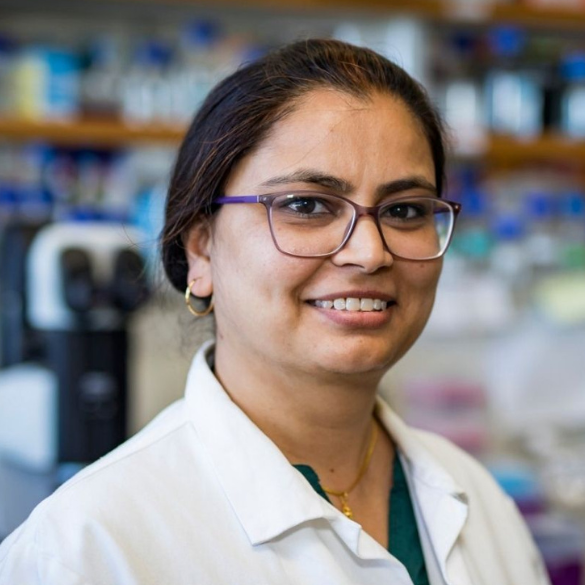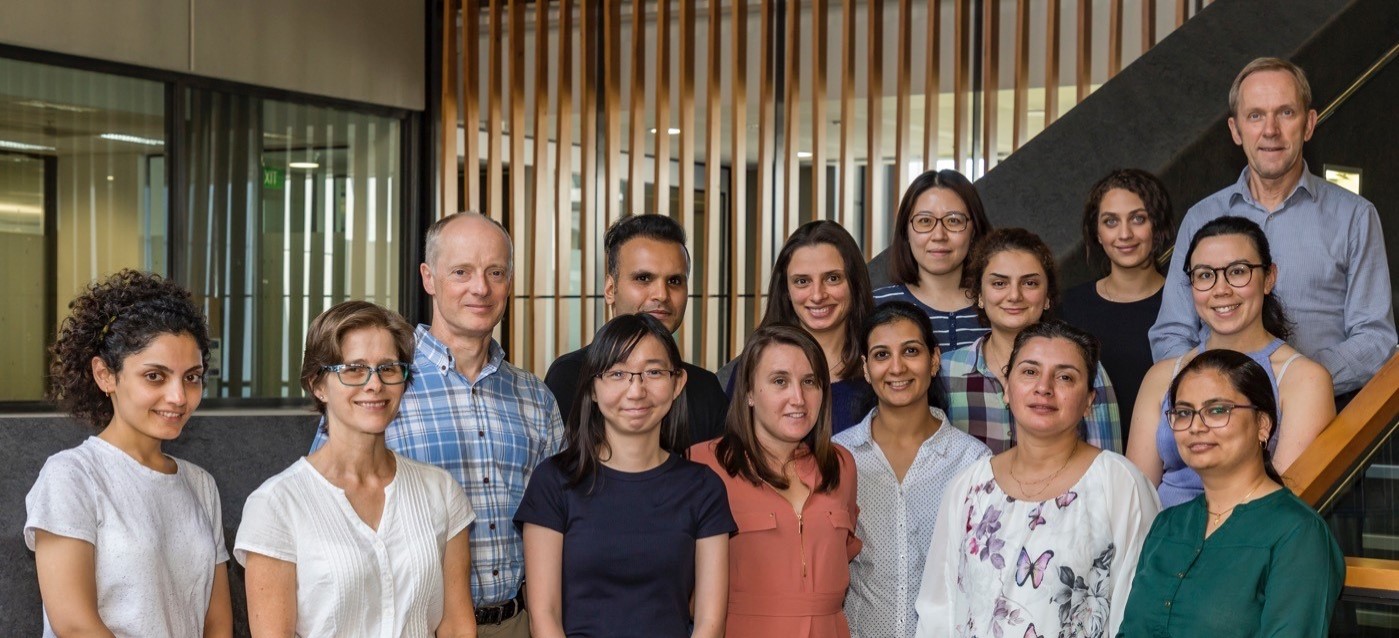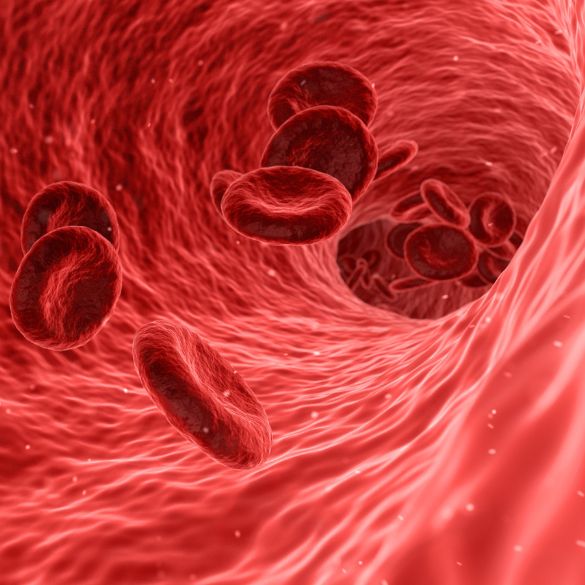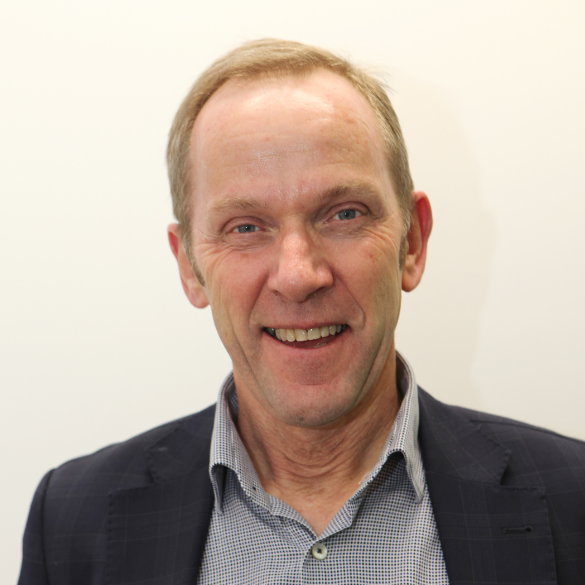Blood cancers aren’t like other cancers. There’s no lump that can be excised, no solid tumour that can be easily targeted for radiation. Because blood flows through your whole body, so does blood cancer. Many of the symptoms these cancers produce – fatigue, fever, swollen lymph nodes, bruising – are easily mistaken for something else.
How do you treat something that seems so non-specific? For a significant number of patients, the answer is to get ultra-specific, according to groundbreaking research from the University of Auckland.
Stefan Bohlander, Peter Browett and Purvi Kakadiya are members of the Leukaemia and Blood Cancer Research Unit (LBCRU) at the Faculty of Medical and Health Sciences – professors Bohlander and Browett are the co-directors of the unit, while Kakadiya is a research fellow. The LBCRU sits within the University of Auckland’s Centre for Cancer Research, where Browett is one of the interim directors.



